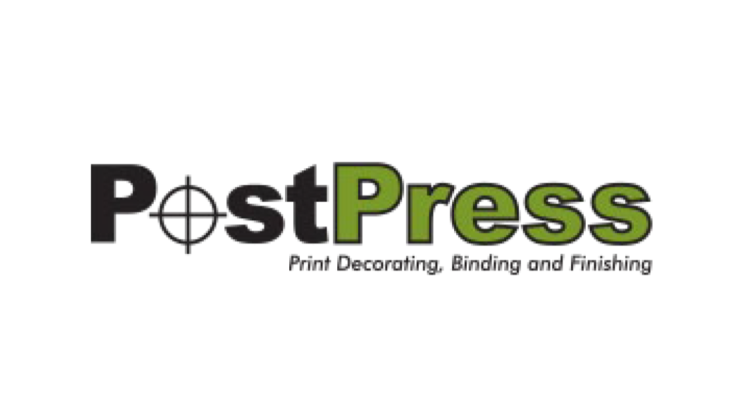
PostPress
With two full years of PostPress magazine under our belt and work on the first issue of 2017 well underway, we paused to see the topics with which our readers spent the most time in 2016. We found that readers often check through archives of The Binding Edge and InsideFinishing – the predecessors to PostPress. The following stories, published in 2016, were the top reads for more than 21,000 visitors to the website.
- What Is Folding BoxBoard?
Board machines have gone through major advancements in the past few years for the purpose of gaining efficiency, achieving higher production speeds and fulfilling the need to make products that are sustainable. North America is known to dominate the manufacturing of SBS (Solid Bleached Substrate), sometimes called SBB (Solid Bleached Board), where Europe has taken the lead in manufacturing FBB (Folding BoxBoard). - Trends in Folding Cartons Boost Shelf Impact
Folding cartons can be printed more economically, decorated more inventively and marketed to a broader assortment of brand managers than ever before. However, the success of a folding carton still comes down to shelf impact – that connection the package makes with an individual shopper. No one understands that better than today’s carton makers, who are using new technologies to optimize the attractions of the folding carton. - Lamination of Digital Output: Art vs. Science
With the modern trend in digital printing being short-run and quick turn, this can present difficulties in lamination. Too often we are asked the broad question of, “what temperature should I laminate at?” Or worse, the film manufacturer advertises a temperature for its film. The fact is, the manufacturer is just telling you at what temperature the adhesive will activate, and this rarely equates to what temperature you will run your laminator. You have to take into account the thickness of the film, as well as the substrate, the speed at which you want to run, the pressure of your roller and finally, the biggest modern variables: what print engine it came off of and the amount of coverage, as well as colors. This is why I refer to laminating as an art more than a science. - Avoiding the Insanity of Gluing Poly-Coated Substrates
Einstein once wrote that the definition of insanity is to do the same thing over and over while having an expectation of a different result. One such area of manufacturing where insanity seems to preside is in the process used to produce cartons that are poly-coated and/or cartons that require a window film; more specifically, the insanity of gluing poly-coated substrates. In both instances, whether it be a poly-coated board stock or a window film to board, the surface is considered poly and as such poly (or plastic surfaces, for ease of understanding) is not easily glued, and can, in fact, appear to be glued only to have bond failure sometime after the process is complete. - Sustainability and the Modern Printer
For anyone who has been paying the slightest bit of attention the last few years, environmentalism has become THE hot-button issue. Sustainability is the new sexy, and too often the print and binding industry has received a disproportionate amount of criticism for being environmentally unfriendly. Print is wasteful, it kills too many trees, it’s outdated and consumers don’t want it anymore – all arguments which industry insiders know to be patently untrue. While print has been experiencing a major resurgence, more and more companies are developing “green” agendas in order to avoid unnecessary waste. However, even companies with dedicated environmental programs need additional guidance when it comes to creating truly green, sustainable practices. As a result, they have begun reaching out to, and partnering with, industry experts in order to learn more about sustainability.

